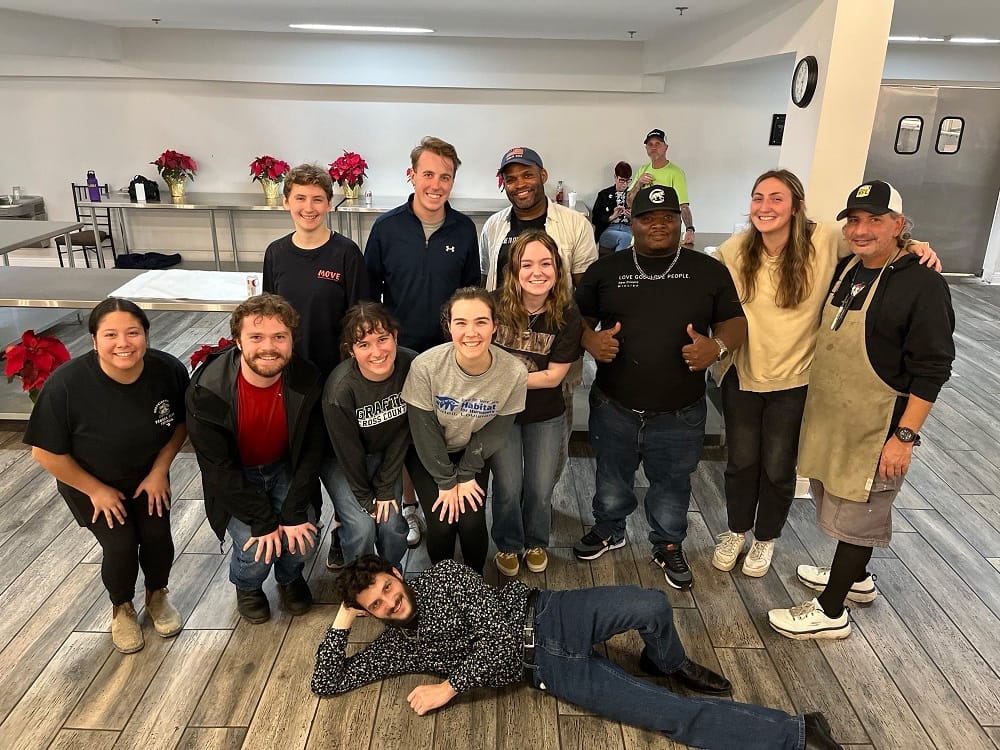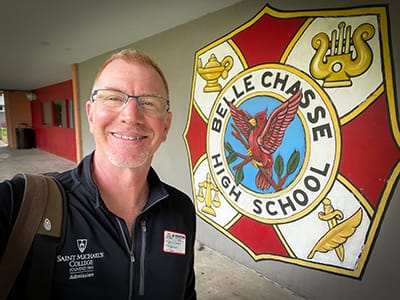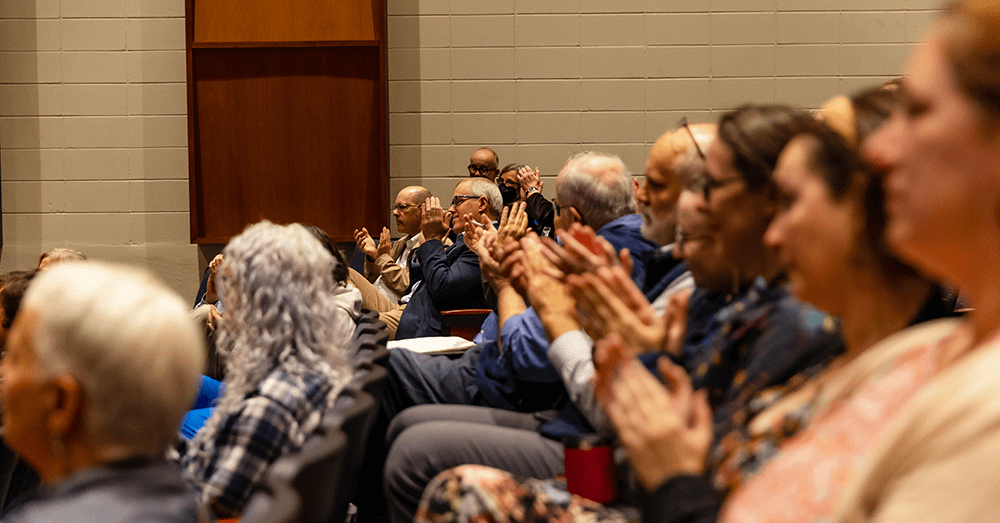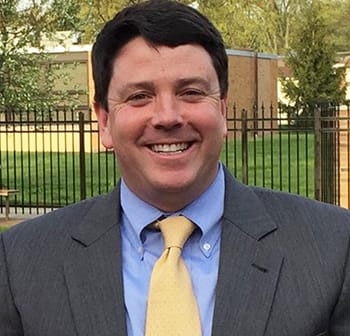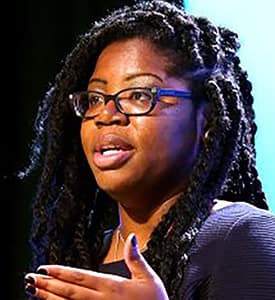New student app launched
'Hazards' app from St. Mike's boosts first-responder safety

Student Zach Wise-Copland ’20 co-developed an app for emergency responders. Below are two views of how pages within the app might appear for users on their iPhone screens.
An idea started taking shape at Saint Michael’s College in 2016 to develop a computer application or “app” for mobile devices to help first-responders efficiently identify and protect themselves from environmental hazards.
In the three years since, St. Mike’s computer science students, Fire and Rescue officials, and the College’s Director of Public Safety and Emergency Management Director Doug Babcock — who primarily got the app ball rolling with his team alongside Vermont state officials — have cooperatively advanced this app to the point where now it not only is assisting Vermont first-responders, but also emergency workers throughout the U.S. and beyond, says Babcock.
Its originators simply call the app “CBRN,” an acronym for the main categories of hazards that it helps responders properly deal with: Chemical, Biological, Radiological and Nuclear.
Babcock recently explained the origins: “Myself, Steve Cushing and Jay O’Neill from St. Mike’s Public Safety, Erik Haversang and [former Rescue chief] Leslie Lindquist from Fire and Rescue and Dr. Bill Irwin from the Vermont Department Health met in 2016 to discuss the possibilities of creating something for Vermont responders to use,” he said. This was right around the time that Babcock was in the midst of developing an innovative and locally needed Emergency Management Certificate program based at St. Mike’s; environmental hazards presented a core topic for the program to engage, drawing from the extensive useful field experiences of the campus-based Fire and Rescue squads.
“Through a collaborative process, we developed scripts, training guides and functions that would make the app useful to Vermont responders,” Babcock said. A former St. Mike’s student, Alyson Campbell ’17, reco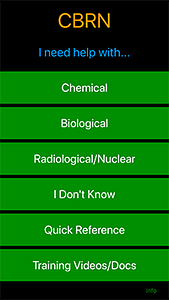 rded and produced the videos that they needed, and the group found Giulian Trabucco ’18 of Needham, MA, a junior computer science major at the time, to develop the framework of the app.
rded and produced the videos that they needed, and the group found Giulian Trabucco ’18 of Needham, MA, a junior computer science major at the time, to develop the framework of the app.
Said Mike Battig of the College’s Computer Science faculty, who helped connect Babcock with Trabucco and the subsequent students who worked on the app, “I referred the students to Doug, but they took it from there — we get requests for our students’ talents constantly so I do a ton of referrals.”
Babcock said when Trabucco graduated in 2018 he handed the project off to Zach Wise-Copland ’20 of Auburn, ME, another computer science major who completed the app and who, working with the College’s Information Technology Department, got the app published for iPhone. “Following its launch in June, the app was downloaded over 100 times in both the U.S. and the U.K, and as of November we have had around 300 downloads in five countries,” Babcock said.
The app has been received well by responders, Babcock said, describing how he, Irwin and Trabucco presented at the Vermont Emergency Medical Services conference in 2017 and at the Vermont Emergency Preparedness conference in 2018 about it. “Both times people were excited to hear about the app and looked forward to the release,” he said. “Since the release, we have had inquiries from U.S. federal agencies as well as agencies abroad about making the app available on android and other possibilities.”
Wise-Copland, the current computer science student working on the app, said that after his adviser, Professor Battig, introduced him to the project based on Babcock’s request, he met with Babcock and Irwin and obtained a copy of the iPhone Operating System (iOS) app that Trabucco had started building. He explained that so-called “iOS” apps like this use a programming language called Swift. “I had been meaning to learn Swift for several years now, so I saw this as a learning opportunity as well,” Wise-Copland said. “After a couple meetings with Doug and Bill I saw the vision that they had for the app and all I had to do was put it into code.”
He said having to learn Swift in the course of the project “resulted in my doing a lot of Google searches on how to do certain things.”He was able to take the iOS app from about 20 percent complete to 100 percent complete in a couple months, he said, 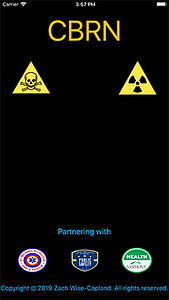
Wise-Copland said he really enjoys programming and application development, “which is why I knew I would have fun with this project.” He said the St. Mike’s Computer Science Department plans to adopt the project after he graduates so that future students can learn from this practical and useful project by keeping the app up-to-date, or possibly working on expanding it to other operating systems. “I am currently searching for a sophomore or junior who I can show the project to and pass it on after I graduate,” he said.
Babcock said the app does not collect any data from users.
